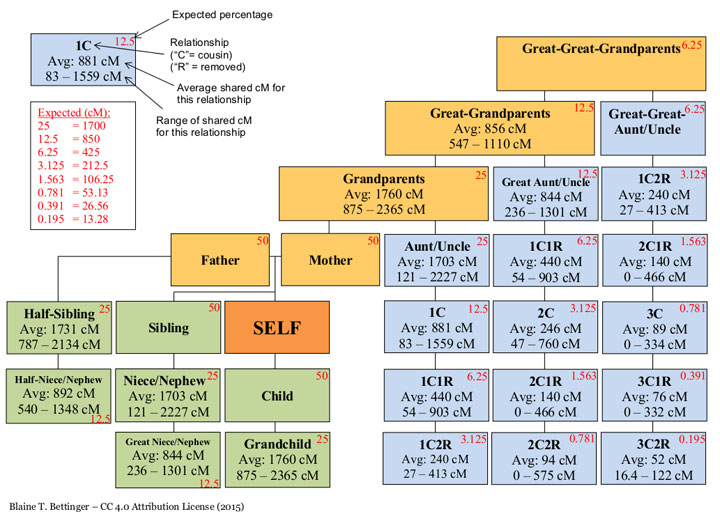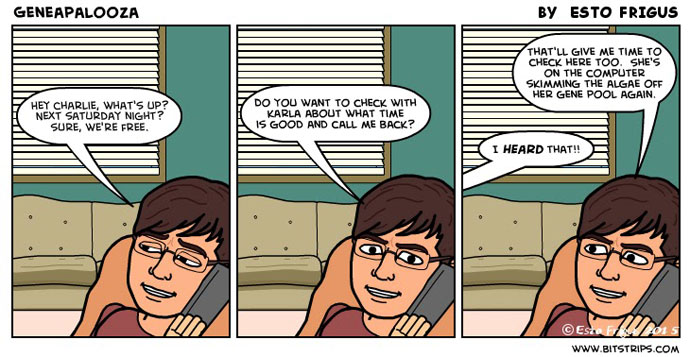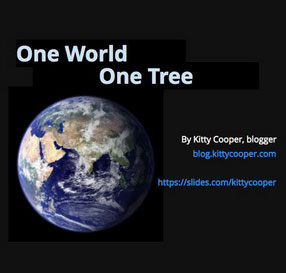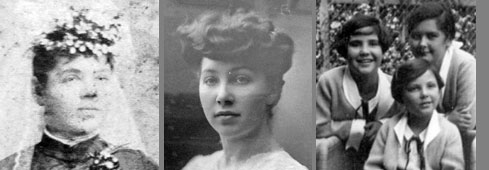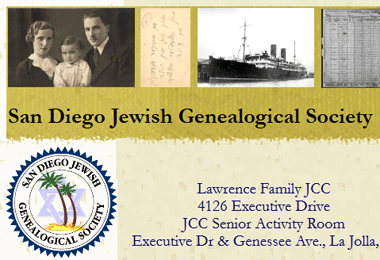The question I often see is are we really 2nd or 3rd or 4th cousins? The answer is usually “maybe.” A 2nd-4th cousin designation by your testing company is purposefully vague. Best to look at the amount of shared cMs in segments greater than 7cM, number of segments, and the sizes of those segments; plus, of course, who else this new DNA relative matches!
DNA inheritance gets more and more random the further away the relationship is. The amount of DNA you share with someone more distant than a 3rd cousin is impossible to predict and even those 2nd and 3rd cousins seem highly variable. So the statistical study conducted by genetic genealogist Blaine Bettinger is deeply appreciated by all of us hunting down the relationships with our DNA connections.
Blaine has created this beautiful chart. His blog has several posts explaining the study which is the source of these new statistics. See http://www.thegeneticgenealogist.com/2015/05/29/the-shared-cm-project/ for all his posts on this study. I had previously discussed his project when recruiting people to add their statistics; apparently he is still taking in statistics so click here to add yours.
